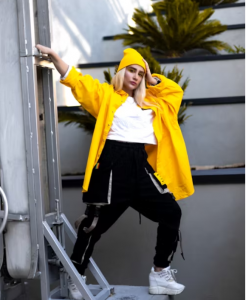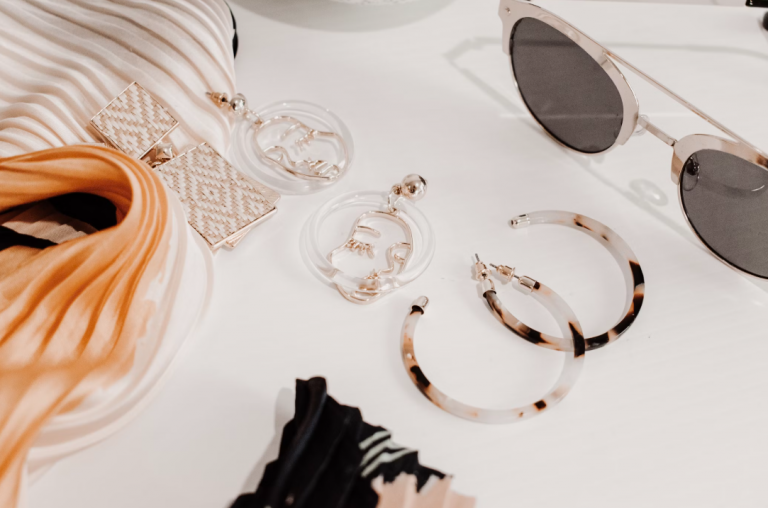Introduction to Layering
Layering is not just a practical approach to dressing for changing weather; it’s also a powerful style statement that adds depth and dimension to your outfits. Whether it’s a chilly winter day or a breezy summer evening, mastering the art of layering allows you to create stylish ensembles that are both functional and fashionable.
Choosing Base Layers
When it comes to layering, your base layers play a crucial role in providing comfort and setting the foundation for your outfit. Opt for breathable fabrics like cotton or moisture-wicking materials for warmer seasons, while thermal or wool blends work wonders in colder climates. Basic pieces like tank tops, t-shirts, and camisoles in neutral colors are versatile options that can be layered under various clothing combinations.
Middle Layers: Adding Depth and Warmth
Middle layers add warmth and visual interest to your outfit. Consider cozy sweaters, cardigans, and pullovers in different textures like cable knit or cashmere for a touch of luxury. Vests and blazers are also excellent choices for adding structure and style to your layered look, especially for more formal or professional settings.
Outer Layers: Protection and Style
Outer layers not only provide protection from the elements but also serve as statement pieces in your ensemble. Invest in jackets, coats, and parkas that suit your personal style and the climate you live in. From classic trench coats to trendy leather jackets, the options are endless. Experiment with different lengths and styles to create varied looks for different occasions.
Mixing and Matching Textures
One of the secrets to mastering layered outfits is to mix and match textures effectively. Pairing contrasting textures like a chunky knit sweater with a silky blouse or layering sheer fabrics over opaque ones adds depth and visual appeal to your look. Don’t be afraid to play with textures to create a dynamic outfit.
Playing with Colors and Patterns
Layering is also an opportunity to play with colors and patterns. While neutral tones create a timeless and sophisticated look, don’t shy away from incorporating pops of color or experimenting with patterns like stripes, florals, or plaids. Use color and pattern combinations to express your personality and create eye-catching outfits.
Accessorizing Layered Outfits

Accessories are the finishing touches that complete a layered look. Scarves, hats, and gloves not only add warmth but also contribute to the overall style of your outfit. Belts can cinch the waist and define your silhouette, while statement jewelry can add a touch of glamour or edginess. Choose accessories that complement your layered ensemble and enhance its impact.
Transitioning from Day to Night
Layering allows for seamless transitions from day to night looks. To transform a casual daytime outfit into an elegant evening ensemble, simply swap sneakers for heels, add a clutch bag, and accessorize with statement jewelry. A quick change of accessories can elevate your layered outfit for different occasions and settings.
Layering for Different Climates
Adapting your layering techniques to different climates is key to staying comfortable and stylish year-round. For hot weather, opt for lightweight and breathable layers that can be easily removed as temperatures rise. In cold weather, focus on insulating layers like wool coats and thermal tops. Transitional seasons may require a mix of light and medium layers for versatility.
Layering for Different Body Types
Layering can be flattering for all body types when done strategically. For those with a pear-shaped figure, layering a structured jacket over a fitted top can balance proportions. Hourglass shapes can accentuate curves with belted layers, while layering longer pieces can create a streamlined look for petite frames. Experiment with layering to find what works best for your body shape.
Ethical and Sustainable Layering
In addition to style considerations, ethical and sustainable layering practices are gaining importance in the fashion world. Choose clothing made from eco-friendly materials like organic cotton, bamboo, or recycled fibers. Support brands that prioritize sustainability and transparency in their production processes. By making mindful choices, you can enjoy fashion while minimizing environmental impact.
Maintaining Layered Outfits
Proper maintenance is essential for keeping your layered outfits in top condition. Follow care instructions for each garment, including washing, drying, and storing them appropriately. Refresh your layered looks by mixing and matching different pieces or adding new accessories for a fresh spin on familiar outfits.
Celebrity-Inspired Layering Trends
Take inspiration from celebrity style when experimenting with layering trends. Celebrities often showcase innovative ways to layer clothing, from mixing unexpected pieces to creating effortless yet chic ensembles. Look to fashion icons for ideas on incorporating trends into your own wardrobe while staying true to your personal style.
Tips for Budget-Friendly Layering
Layering doesn’t have to break the bank. Explore budget-friendly options such as thrift shopping for unique finds or repurposing items in your closet for layered looks. DIY projects like upcycling old sweaters or creating custom accessories can add a creative touch to your outfits without overspending. With a bit of creativity, you can achieve stylish layered looks on any budget.
Conclusion
Mastering layering techniques opens up a world of possibilities in fashion, allowing you to create versatile and stylish outfits for any season or occasion. By understanding how to layer different pieces, mix textures and colors, and accessorize thoughtfully, you can elevate your style game and express your personality through your clothing choices.










+ There are no comments
Add yours